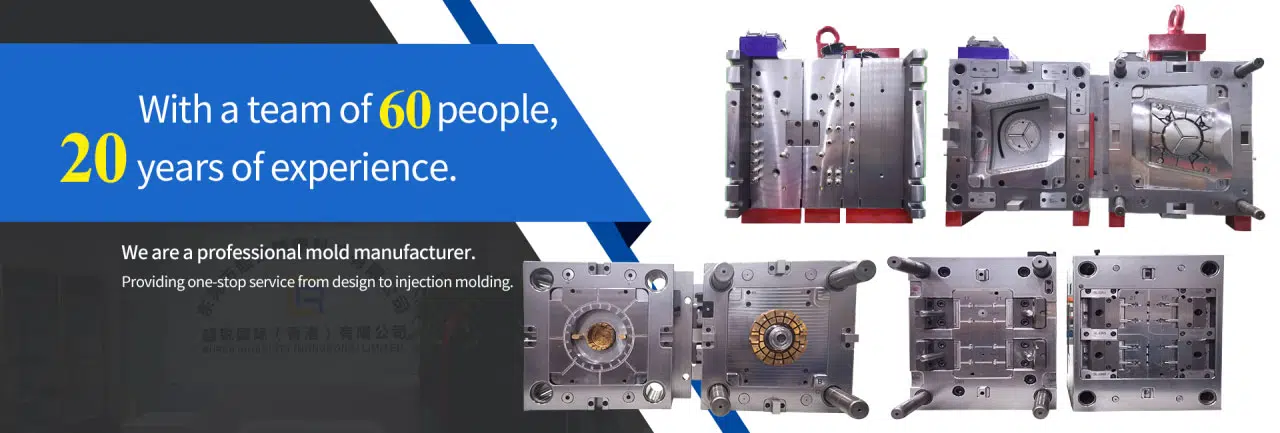Stainless Steel: Properties, Applications, and Manufacturing Processes

# Stainless Steel: Properties, Applications, and Manufacturing Processes
## Introduction to Stainless Steel
Stainless steel is a remarkable alloy that has revolutionized modern industry and everyday life. Known for its exceptional corrosion resistance, durability, and aesthetic appeal, this material has become indispensable in numerous applications across various sectors.
## Key Properties of Stainless Steel
### Corrosion Resistance
The most notable property of stainless steel is its resistance to corrosion. This characteristic comes from the presence of chromium (typically 10.5% or more by mass), which forms a passive oxide layer on the surface that protects the underlying metal.
### Strength and Durability
Stainless steel offers excellent mechanical properties, including high tensile strength and impact resistance. These qualities make it suitable for demanding applications where structural integrity is crucial.
### Temperature Resistance
Certain grades of stainless steel maintain their strength and corrosion resistance at both high and low temperatures, making them ideal for extreme environments.
### Hygienic Properties
The non-porous surface of stainless steel prevents bacterial growth, making it the material of choice for medical equipment, food processing, and kitchen applications.
## Common Applications of Stainless Steel
### Architecture and Construction
Stainless steel is widely used in modern architecture for structural elements, facades, and decorative features due to its strength, durability, and aesthetic qualities.
### Medical Equipment
The medical industry relies heavily on stainless steel for surgical instruments, implants, and hospital equipment because of its biocompatibility and sterilization capabilities.
### Food Processing and Catering
From industrial food processing equipment to commercial kitchen appliances, stainless steel dominates this sector due to its hygienic properties and ease of cleaning.
### Automotive and Transportation
Stainless steel components are found in exhaust systems, structural parts, and decorative trim in vehicles, offering longevity and resistance to harsh environmental conditions.
### Energy Sector
The energy industry utilizes stainless steel in power plants, oil and gas facilities, and renewable energy installations where corrosion resistance and strength are paramount.
## Manufacturing Processes of Stainless Steel
### Melting and Casting
The production process begins with melting the raw materials (iron ore, chromium, nickel, etc.) in an electric arc furnace. The molten steel is then cast into semi-finished forms like slabs, blooms, or billets.
### Forming Operations
Hot rolling transforms the cast forms into plates, sheets, or bars by passing them through a series of rollers at high temperatures. Cold rolling follows for more precise dimensions and better surface finishes.
### Heat Treatment
Annealing is a critical heat treatment process that softens the steel, relieves internal stresses, and improves corrosion resistance by allowing chromium to migrate to the surface.
### Descaling and Finishing
Surface treatments remove scale formed during heat treatment and achieve the desired surface finish, ranging from matte to mirror polish.
### Cutting and Machining
Stainless steel can be cut using various methods including shearing, sawing, plasma cutting, or laser cutting. Machining operations shape the material into final products.
### Joining Techniques
Welding is the primary joining method for stainless steel, requiring specialized techniques to maintain corrosion resistance in the heat-affected zones.
## Environmental Considerations
Stainless steel is highly recyclable, with about 60% of new stainless steel coming from recycled scrap. Its long service life and low maintenance requirements make it an environmentally friendly material choice.
Keyword: Stainless Steel
## Future Trends in Stainless Steel
Advancements in stainless steel technology continue to emerge, including the development of new alloys with enhanced properties, improved manufacturing techniques, and innovative applications in emerging industries like renewable energy and advanced medical devices.